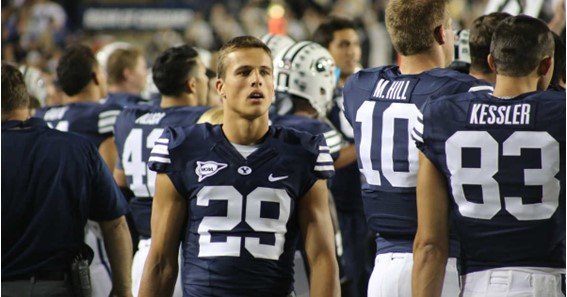In football, the tight end (TE) is a unique position that blends the skills of both offensive linemen and wide receivers. Understanding what a tight end does is essential to appreciating their impact on the game.
Primary Responsibilities of a Tight End
- Blocking Duties
- Run Blocking: Tight ends assist in creating running lanes by blocking defensive linemen and linebackers, often lining up next to offensive tackles to strengthen the line.
- Pass Protection: They may stay back to protect the quarterback from pass rushers, providing additional time for plays to develop.
- Receiving Roles
- Route Running: Tight ends run various routes to become viable passing options, utilizing their size to gain an advantage over defenders.
- Catching Passes: With reliable hands, they catch passes in short to intermediate ranges, often in high-traffic areas.
- Versatility and Mismatches
- Creating Mismatches: Their combination of size and agility allows tight ends to exploit mismatches against smaller defensive backs or slower linebackers.
- Flexibility in Formations: They can line up in various positions, including on the line, in the slot, or even in the backfield, adding complexity to offensive schemes.
The Evolution of the Tight End Position
Historically, tight ends were primarily blockers with occasional receiving duties. Modern football has seen the emergence of tight ends as dynamic playmakers, integral to both the passing and running games. Players like Travis Kelce and George Kittle exemplify this evolution, excelling in both blocking and receiving roles.
Skills Essential for a Tight End
- Physicality: Strength to engage in blocking and withstand tackles.
- Athleticism: Agility and speed to run routes and gain separation.
- Hand-Eye Coordination: Ability to catch passes reliably.
- Football IQ: Understanding defensive schemes to adjust routes and blocking assignments effectively.
FAQ
- What distinguishes a tight end from a wide receiver?
- Tight ends are typically larger and stronger, contributing significantly to blocking, whereas wide receivers focus primarily on catching passes and are generally faster.
- Can a tight end carry the ball like a running back?
- While uncommon, tight ends may occasionally carry the ball on specific plays, but their primary roles are blocking and receiving.
- How does a tight end’s role change in different offensive schemes?
- In run-heavy offenses, tight ends focus more on blocking, while in pass-oriented schemes, they are utilized more as receivers.
- Are tight ends eligible to catch passes on every play?
- Yes, tight ends are eligible receivers and can catch passes, but their involvement depends on the play design.
- What physical attributes are ideal for a tight end?
- Ideal tight ends possess a combination of size, strength, speed, and agility to perform both blocking and receiving duties effectively.
Understanding the diverse responsibilities of a tight end highlights their crucial role in modern football, showcasing their ability to influence both offensive strategies and game outcomes.
Uncover something cool here best-off-the-market-brake-pads-for-maserati-suv










